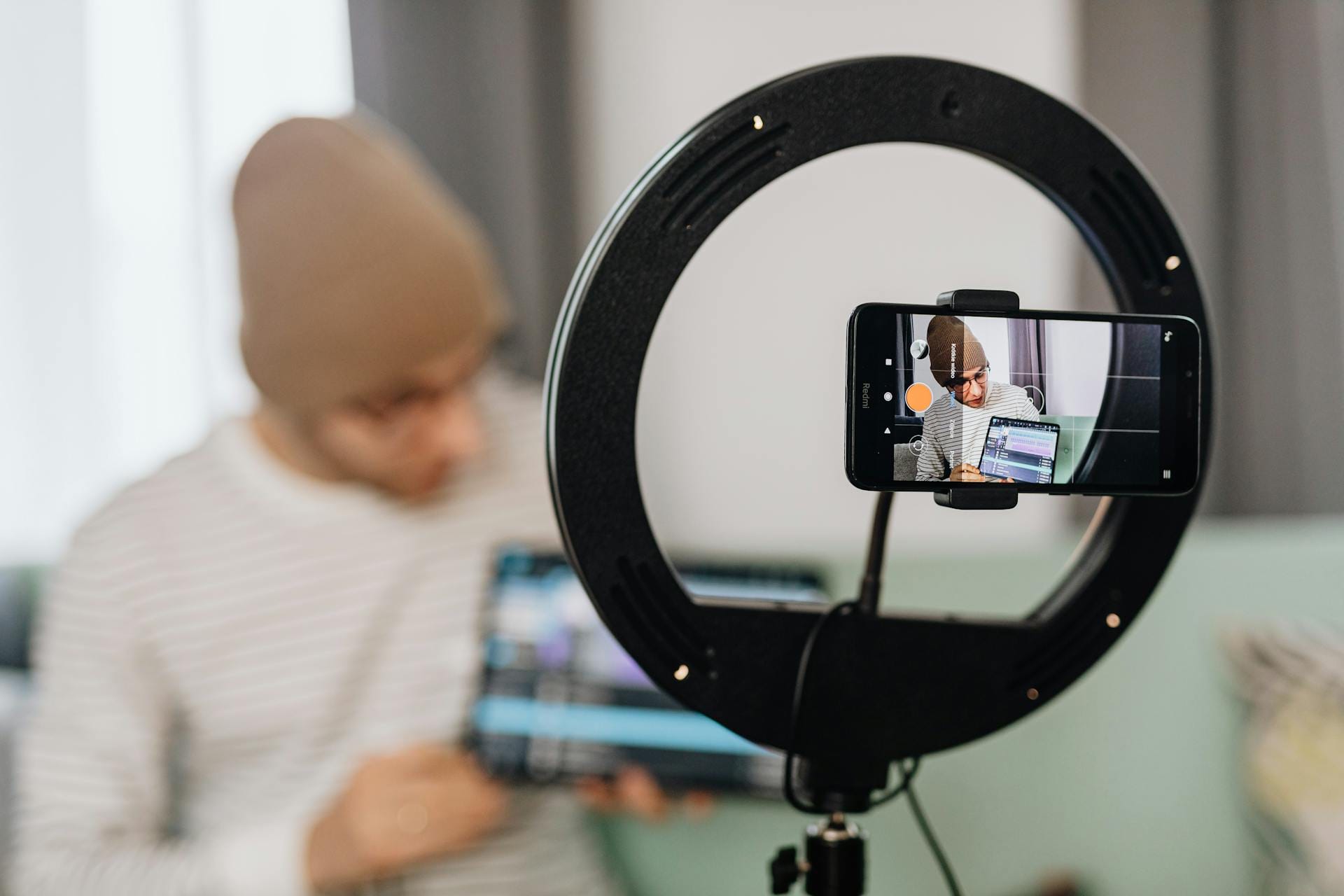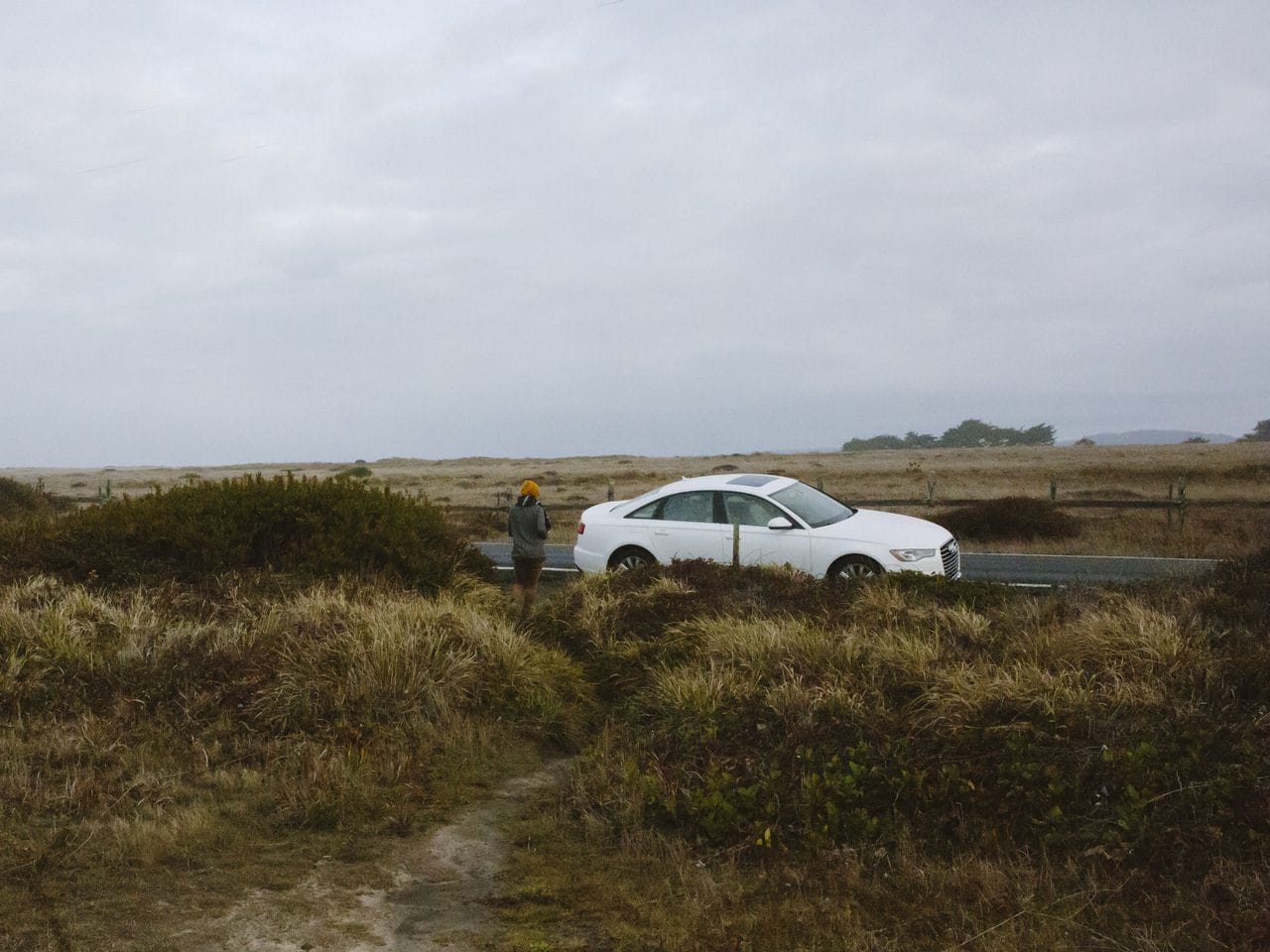
How I went from $0 to $22,000 by testing my business idea
After establishing my online business with 1:1 coaching, I was looking for a way to scale and serve more people at once.
So I created a 10-week online group program called Food2bFit. I planned to share information through a web portal and do a live Q&A on a weekly group call.
get feedback before launching this program. Result: 0 sign-ups
I went through all the steps for a launch: I created a sales page, planned an elaborate 5-day challenge, created content for a 60-minute webinar, and crafted a 5-day email sales funnel.
After over 150 hours of work — lots of production, creation, and reworking of my sales page, launch emails, and more — I launched my product on a live webinar. I expected many people to purchase it right there as I was announcing this amazing (I thought) program idea!
I waited.
I waited more.
I kept waiting.
Not one person purchased it. Worse, over the next week, as I sent out emails, still not one person bought it.
Here’s the most confusing thing — I didn’t know what went wrong!
I thought I was not persuasive enough on my sales page. So I had some expert copywriters look at it, but all of them said the copywriting was actually good.
I thought my webinar didn’t go well, but people emailed me and told me they got invaluable advice from it.
I thought the people who were on my list weren’t the right people, but over time, those very same people who didn’t buy that program went on to buy another program from me and become my most valuable and involved students.
In essence, I blamed everything… but I didn’t consider my lack of understanding what my customer wanted.
Four months later, after comprehensive research to figure out what my customer would actually purchase, I relaunched the idea as Spice Yourself Skinny.
That launch tripled my average monthly income that month, and I was able to serve 10x as many customers per month as I did before.
With Food2bFit, I launched to the sound of crickets and thought I had a failed launch. Now I see it was a test and not a failure (I just didn’t know it back then!).
I learned from that first launch. I had to understand why no one bought — and taking the steps to figure that out taught me lessons that led to the success of my second launch.
Now I plan more tests when developing new products so that I can set realistic expectations for my product. And my launches meet or exceed those goals.
Today I’m going to show you the three you need to run before you try to sell anything. They are:
- Use your readers to determine your positioning for you
- Use social media to get instant feedback on your idea
- Host a webinar to pique buyers’ interest
Whether a test is successful or not, you’ll learn valuable lessons to incorporate into making your program amazing.
In fact, you will start to see every action you take as a “test” that helps you uncover information you can use in the future. Nothing is a one-dimensional “success” or “failure.”
So let’s get started.
Use your readers to determine your positioning for you
The blog posts, guest posts, and any other articles you write are a great way to test what your audience likes.
Some posts generate more interest — more comments, shares, traffic — than others. Those are ideas to turn into products and to use to refine your positioning.
For my Food2bFit launch that no one bought, I failed to do this. I didn’t look at any of my past articles to see if people were interested in the idea.
Instead, I felt like people “should” know which foods will help them lose weight. So I used that as the positioning for my program.
But clearly this didn’t compel people to sign up. So I needed to go back to the drawing board and figure out what “hook” would excite my followers and give them a reason to purchase my program.
I started by looking at the guest posts and blog posts I had written that had received a lot of positive response.
I had written articles about food, menu planning, emotional eating, spices for weight loss, recipes, and more. A post I wrote for Mind Body Green called “These 5 Spices Helped Me Lose 40 Pounds” went viral with 12,000 shares.
I had also been approached to talk about spices for weight loss for other media. Fox News produced an entire segment on spices for weight loss and Woman’s World magazine featured a whole spread on how spices helped me lose 40 pounds.
From all of this, I realized “spices for weight loss” had potential as the positioning for a program.
It’s easy to use articles you write to find which topics are most compelling to your audience.
As you blog and guest post, keep track of how many comments, shares, and traffic each article gets.
Once you identify the most popular topics for your audience, think of what programs you could create around those topics. What would best satisfy your readers’ interests and burning desires? What positioning can you use that will make your program different and better than others out there?
Want to build a business that enables you to live YOUR Rich Life? Get my FREE guide on finding your first profitable idea.
Use social media to get instant feedback on your idea
You can also leverage social media to get more interactive and faster feedback.
Simply write a post on Facebook describing the topic and ask if others are interested. Or weave the topic into a story-based or tip-based post.
You can also ask if people are interested in your idea in a Facebook group with your ideal buyers in it. I did this to test the spices idea.
I asked people in one group if they would be interested if I created a workshop about “spices for weight loss.”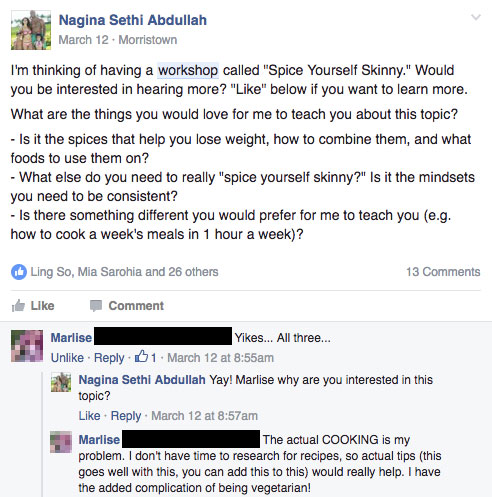
Notice how I followed up on the first comment so that I could understand why people were struggling and what they wanted. I used this feedback to write my marketing emails and sales page for my program.
With just one Facebook post, I proved that this idea was popular. People replied quickly, and this post got way more likes and comments than other posts I had made. So I posted more questions to dig deeper into what people wanted. I asked:
- What do you NEED most for me to teach you or give you? (I listed several options for people to choose from) Anything else?
- What would be a helpful takeaway so you could start using spices and losing weight right away? (again, I listed some ideas)
I used this feedback to begin planning what I would offer in my program.
With just a few simple Facebook posts, I had confidence that this idea had a lot of potential. And I had clear direction on what people wanted the program to include.
Here’s how you can use social media to get feedback on your product idea.
- Find a Facebook group, reddit group, or other online community where your target audience hangs out. Post your idea or headline/title with a description and ask if others would be interested in it. Don’t be afraid. It’s better to get 0 comments now than to put in the work creating a whole program that nobody buys. With every post, you will learn more.
- See how people respond. Are they quickly responding? Posting more comments than you usually get? And are those comments filled with excitement and interest, such as “I am in!” or “Yes” or “Tell me more”?
- If people show interest, decide if you want to test other ideas, too. Start digging deeper like I did to get feedback on what to include in the program.
- If people do not show interest, then change the wording, angle, or concept and post something new.
Host a webinar to pique buyers’ interest
Another mistake I made when I launched Food2BFit was that I didn’t do any videos or webinars about it before I launched.
I did do a webinar WHEN I launched it, and it turned out to be great — but no one actually bought the program afterward.
So when I launched my Spice Yourself Skinny product, I decided to test if people were engaged through videos.
I did a series of 10 1-minute videos about the weight-loss benefits of different spices. I posted them on my MasalaBody Facebook page and used them in Facebook ads.
My first video was shared 4 times, which is 4 times more than pretty much any of my other posts. Most of the videos also received very interested comments and 25+ likes, quite a bit more than other posts I made at the time.
When people started taking my advice immediately, using it, and posting their results, I knew I had a winner.
To further test if an idea would resonate with your audience, you can create a webinar, teleclass, or short videos about the topic you are considering for your product.
- Identify a topic of interest by using tests 1 and 2 above. Then decide if you want to create a webinar, teleclass, or short video. A webinar or teleclass should be 40-60 minutes and provide a lot of value, plus include time for Q&A at the end. A video can be a series of short videos like I did, or just one or two so that you can get feedback.
- See how many people sign up, attend, and interact or comment during or after your event. Were people more excited about this than other things you’ve done in the past? If it’s your first time doing something like this, you can still get a sense of if people are interested based on the engagement you get.
- If your idea doesn’t get any attention, try again with a new spin or a different idea.
- If your idea does get attention, move forward with it.
Just do it: Launch!
The first time I launched, I had 0 sign ups and made $0. But going through that first failed launch helped me make my second launch so successful. I had to figure out what went wrong and how to make it better.
The tests above helped me find an idea for a program that people were eager to buy. When I launched “Spice Yourself Skinny,” 91 people signed up, adding up to a total of $21,568.
The launch itself is the ultimate test. During my launch, I discovered even more new insights that I could only learn by doing:
- When I didn’t get the sales I expected, I completed a pricing comparison (which I should have done before). I found that everyone else in the market was charging 1/3 of what I was charging. No wonder sales weren’t as I’d expected.
- Next time I may add different price levels to provide more flexibility, or I may position some of the program differently to give it even a higher perceived value.
Each time I launch, I continue to look at it as a test, so that I can keep getting better and better and helping more women.
With this launch, I tripled the number of people I could directly serve. I’ve helped these women lose 3 to 15 pounds in just weeks and improve their bodies after years of struggling to lose weight.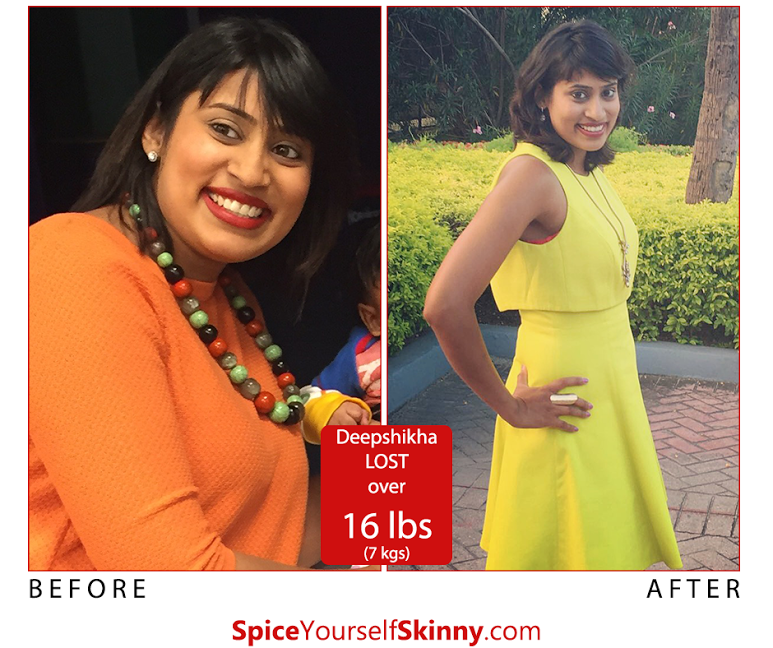
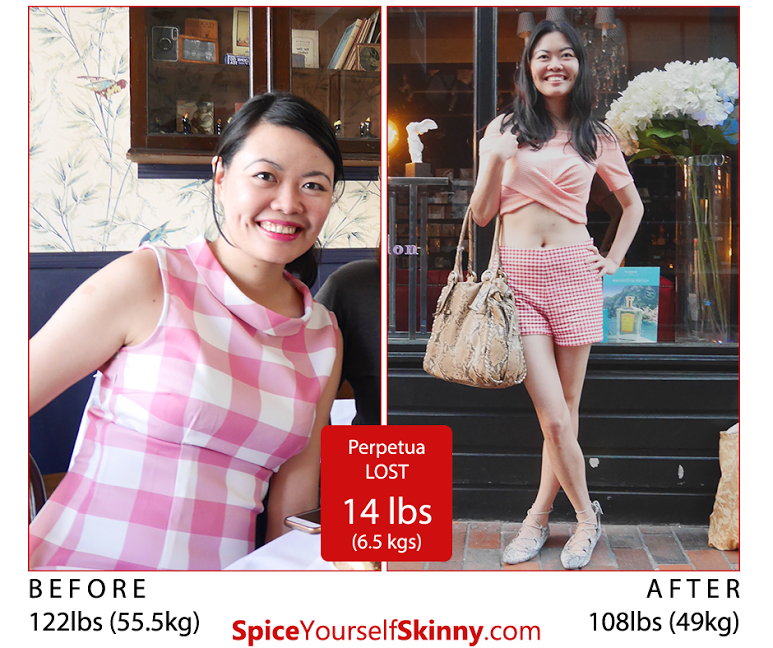
Even better, I have transformed their lifestyles so they are healthier, and I’ve shown them how they can fit healthy cooking and eating into their lives and love it.

I want to help you out, too.
Using the three strategies above, what is one way you can test your next idea for a new product or program? Tell me in the comments below, and I’ll give you my feedback.



